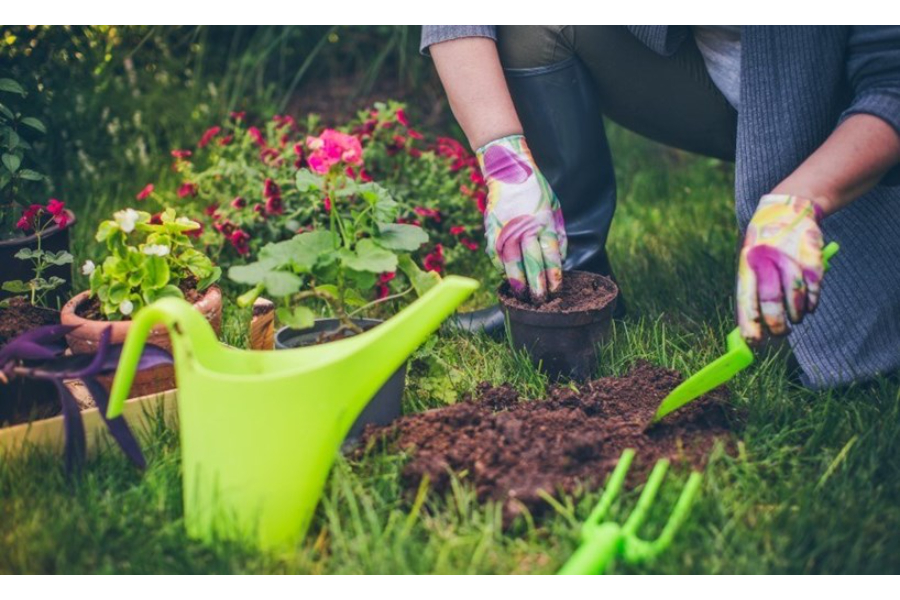No one wants to experience water damage in their apartment, but unfortunately, it’s a common issue faced by many tenants. Whether it’s due to a burst pipe, a leaky roof, or a flooded bathroom, water damage can cause significant damage to your property, belongings, and health. Additionally, it may lead to mold growth and other problems if not handled adequately and promptly. That’s why it’s essential to know how to deal with restoration of water damage in apartments. Below, we’ve compiled a guide to help you navigate the process of restoration.
Document the Damage
Before you start the restoration process, make sure to document all the damage by taking pictures and videos. Also, inform your landlord or property management company, as they may have insurance that covers water damage repairs or provide assistance. Additionally, keep hold of any receipts or invoices related to the repair or replacement of any damaged property.
Identify the Source of Water Damage
It’s vital to determine the source of the water damage to prevent future occurrences and ensure that the restoration is done correctly. For instance, if it’s a leaking pipe, it should be fixed as soon as possible. If it’s a flood from a neighboring unit, contact your landlord, and they may have to involve the property management company to look into the matter.
Dry Out Wet Areas
It’s critical to dry out all the wet areas after the water damage to prevent mold growth and further damage to the property. Use fans, dehumidifiers, and open windows to increase air circulation and speed up the drying process. Moreover, remove any wet carpets, rugs, or upholstery that cannot be salvaged to prevent musty odors and mold growth. Contact a professional water damage restoration service if the damage is extensive.
Evaluate Damage to Belongings and Property
Water damage can cause significant damage to your belongings and property, including furniture, electronics, clothing, and books. Evaluate which items can be salvaged, and which ones require replacement. If you have renter’s insurance, contact your insurance agent to determine if you have coverage for the damage. Furthermore, ensure that you dispose of any contaminated or hazardous materials appropriately.
Restore Damaged Property
Finally, restore the damaged property. This may involve repairing the walls, floors, ceilings, and any other structural damage. Painting and replacing damaged drywall may be necessary as well. If the damage is extensive, contact professionals to handle the restoration process.
Conclusion:
Water damage in apartments can be stressful and costly, but with the right actions, the damage can be adequately restored. Remember to document the damage, identify the source of water damage, dry out wet areas, evaluate the damage to your belongings and property, and restore the damaged property. Additionally, contact your landlord, property management company, or renters’ insurance agent for assistance. With these tips, you can minimize the impact of water damage on your apartment and health.



